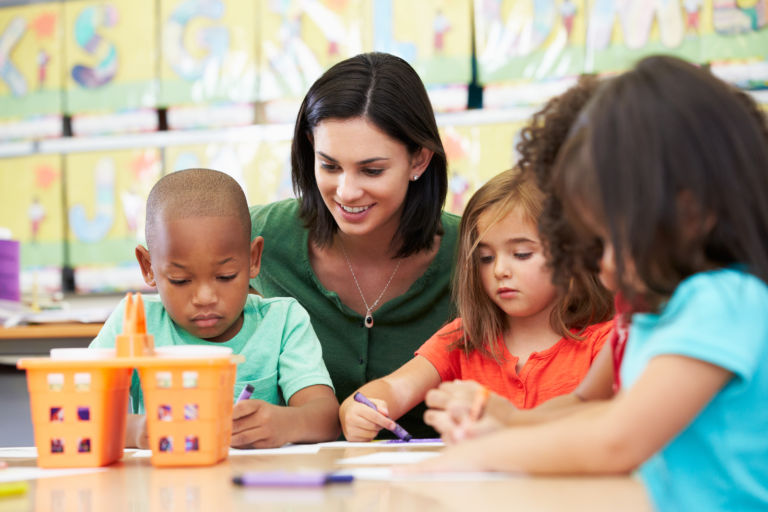Learning loss in huge problem in the United States. A July 2021 analysis by McKinsey & Company consulting found that by the end of the school year, students were on average five months behind in mathematics and four months behind in reading. McKinsey also estimates that by the end of the academic year, Blacks were six months behind in learning, while students attending low-income schools finished the year seven months behind.
What does learning loss look like in North Carolina?
Earlier this week the Department of Public Instruction made public preliminary results of a study which tried to gauge the extent of learning loss. The results were not surprising: Covid -19 has produced negative impacts on all students, for all grades and nearly all subject matters.
In a presentation to the State Board of Education yesterday, officials from the North Carolina Department of Public Instruction Office of Learning Recovery and Acceleration tried to put the study in context and identified key steps to remedy the problem. Steps included:
- Establish a baseline and set benchmarks to monitor progress over time.
- Understand the impact of learning recovery and acceleration programs and interventions across the state.
- Target resources and prioritize funding for students who were most affected and for areas of the state that are most in need.
- Identify promising practices.
These steps sound fine — until you realize, they haven’t worked.
The federal government has distributed about $122 billion in Federal covid funds. North Carolina has received about $5.6 billion. Ninety percent of those funds must be passed through state education offices to local education agencies (LEAs). At least twenty percent of the money distributed to LEAs must be used for learning loss. In actual dollars that’s a little over $ 1 billion for North Carolina schools. However, as we see, money is no guarantee that a problem will be fixed.
In December 2020, the State Auditor found the Department of Public Instruction spent $76 million in Coronavirus relief funds without ensuring the money was helping students.
The troubling results in the report mentioned here suggest things haven’t improved.
This week’s report from DPI merely calls for more of the same. Stop. What we need is new thinking We need thinking that is outside the box.
Fortunately, there are novel and proven solutions to address learning loss. We just have to implement them.
Last year I laid out how Learning Loss Education Savings Accounts could be an effective tool to help parents combat learning loss in their children.
Legislation was also introduced last session. Regrettably, however the bill did not receive sufficient support to pass the House.
It’s time for new thinking on how to remedy this problem. Learning Loss ESAs can:
- Address the specific academic needs of students.
- Pay for tutoring, tuition and fees, books, educational services, or other appropriate expenses.
- Be funded using Federal covid funds.
- Allow parents to assess and remedy learning loss in their children.
- Empower parents to determine how and where their children are educated.
A consensus is growing in the research that suggests tutoring is one of the most effective ways to remedy learning loss. Learning Loss ESAs specifically equip parents to directly access these services for their children.
Isn’t it time we start thinking more creatively and ensure parents have the resources they need to ensure their children can overcome the impacts of Covid-19?


